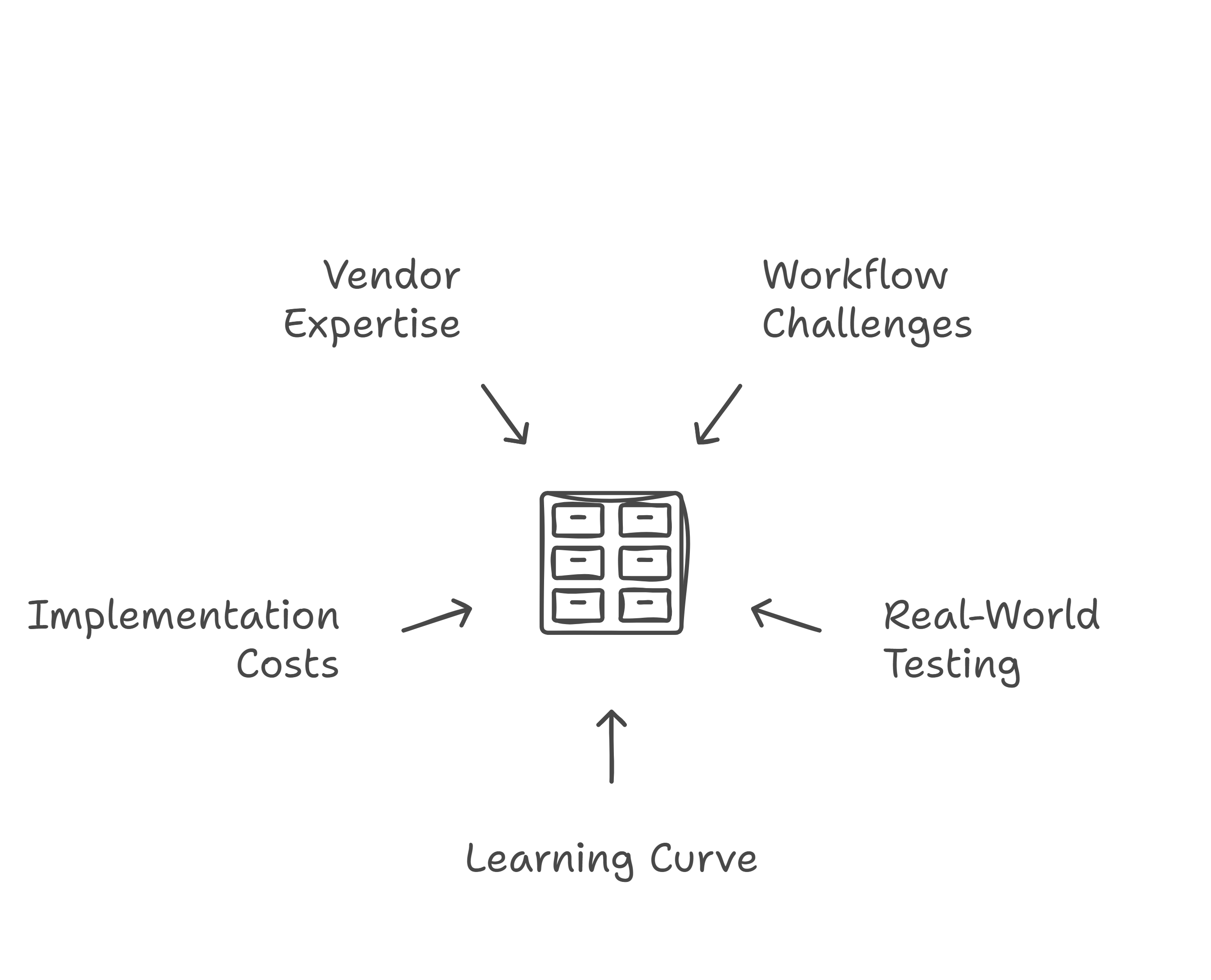
Finding your contract solution: A no-nonsense approach
Amid the growing array of AI contract solutions, finding the right fit requires a strategic approach focused on practical value rather than technological hype. Legal professionals need a clear framework to cut through the noise and identify tools that deliver genuine results. Here are 5 essential steps to remember when choosing the right contract review tool:
Start with your workflow challenges: Map your specific contract management pain points before exploring solutions. Whether you're handling real estate leases, energy agreements, or M&A documentation, identify where technology could most effectively reduce bottlenecks and improve outcomes in your practice area.
Test with your own documents: Request demonstrations using your actual contracts rather than vendor samples. Evaluate how effectively the software identifies key provisions, extracts critical data, and flags potential issues in documents relevant to your practice. Real-world performance matters more than feature lists.
Evaluate the learning curve: The most powerful software becomes worthless if your team abandons it. Look for intuitive interfaces that require minimal training and integrate with tools your team already uses. Solutions that work alongside your existing document management system typically see higher adoption rates.
Calculate true implementation costs: Consider the full implementation picture beyond subscription fees. Some solutions require extensive document preparation or custom configuration that creates hidden costs. Pre-configured systems with minimal setup requirements often provide faster returns despite potentially higher initial pricing.
Seek proven expertise: With numerous new entrants in the market, prioritize vendors with demonstrated legal expertise and a track record of reliable service. The most effective solutions are developed by teams that combine technical capabilities with a deep understanding of legal workflows and requirements.
Though technology advances rapidly, lawyers won't be replaced. Today's tools can analyse contracts but can't match human legal judgment and strategy. The future belongs to professionals who combine their expertise with new technology while providing the personalized insight that clients truly need.